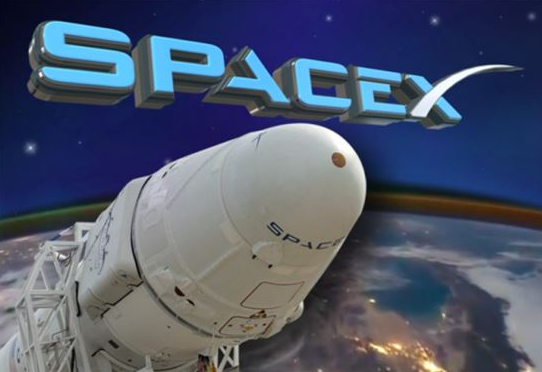
SpaceX’s space capsule “Dragons,” which will bring two astronauts from the International Space Station (ISS), is ready to launch on behalf of Boeing’s space capsule “Starliner,” which failed to complete its manned test flight mission due to a faulty aircraft.
According to the National Aeronautics and Space Administration (NASA) on the 26th (local time), Dragan and the Falcon 9 rocket, which will launch the spacecraft, have completed all preparations after a recent launch rehearsal and are scheduled to be launched from Cape Canaveral Space Station in Florida on the 28th. SpaceX said it plans to try again the next day during the day if weather conditions are not favorable.
Named “Cru-9,” NASA astronaut Nick Hague and Russian Federal Space Agency (Roscosmos) astronaut Alexander Gorbunov will head to the ISS.
The flight is NASA’s ninth ISS astronaut circulation mission under the name of a private manned transport program.
In the meantime, four astronauts have been on board since all four seats were filled when the SpaceX space capsule was launched, but this time, they went to the ISS for a manned test flight of the Boeing Starliner and emptied two seats to return with long-stay NASA astronauts Suni Williams and Butch Wilmore on board.
Hague and Gorbunov, who will be on board this time, will carry out more than 200 activities, including natural scientific experiments and technology demonstrations, for six months on the ISS and return in a drag with Williams and Wilmore in February next year.
Earlier, Williams and Wilmore left Earth in June for an approximately eight-day flight for the Starliner’s first manned test flight, but since docking on the ISS, several defects have been identified in the Starliner, including helium leaks and malfunction of the maneuver thrusters, and the return to Earth has been delayed.
NASA initially said the Starliner could successfully complete a manned test flight, but ultimately decided to use SpaceX’s Dragon for astronauts’ return due to safety concerns and adjusted its Crew-9 plan.
As a result, SpaceX’s market dominance is expected to become stronger. In 2014, NASA signed contracts with Boeing and SpaceX to develop manned capsules worth $4.2 billion and $2.6 billion, respectively, to focus on deep space exploration.
Since then, the SpaceX-developed Dragon has completed more than 10 spaceflight missions after completing manned test flights in 2020, but Boeing has still not completed its development as it failed the Starliner’s manned test flight this time. Even the Starliner’s unmanned test flight was not successful until May 2022. Boeing’s related overdevelopment costs have totaled $1.6 billion since 2016.
JENNIFER KIM
US ASIA JOURNAL



